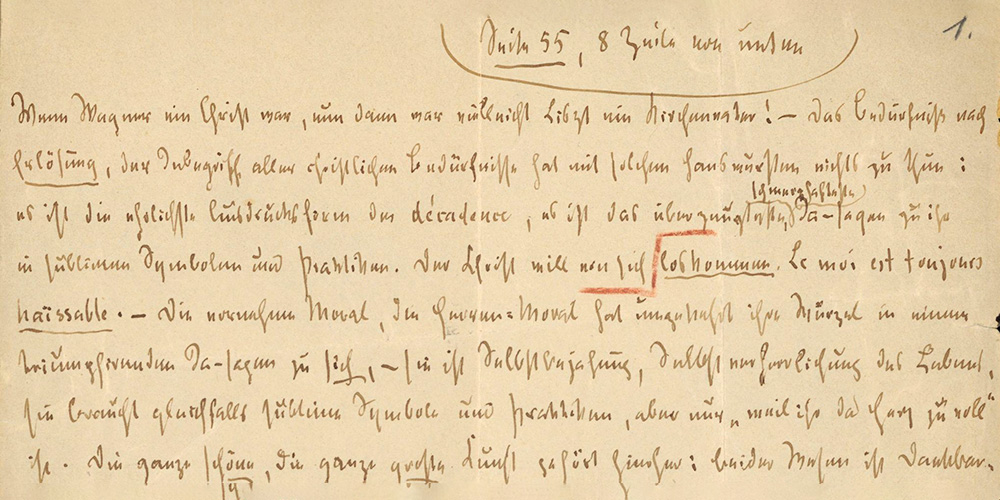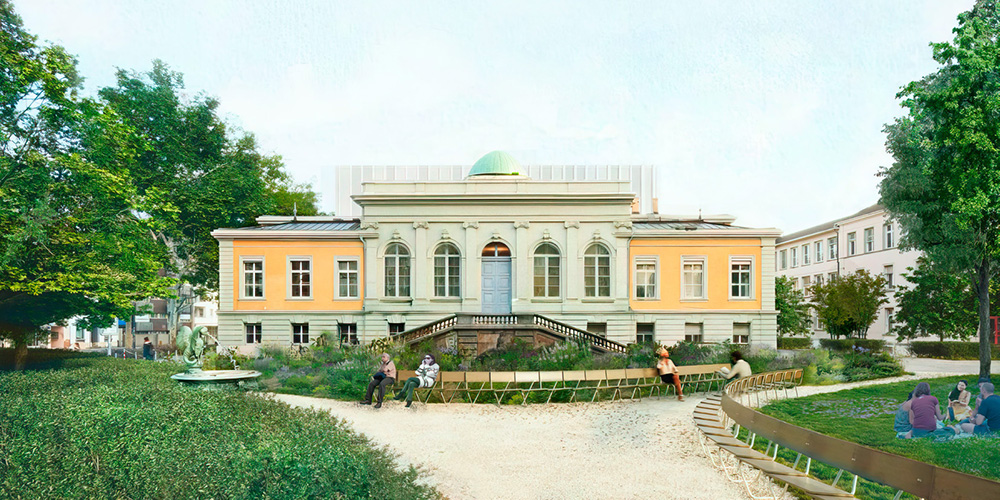Nobody left out of the cold: Almost 10 Million Euro for the “European Microkelvin Platform”
State of the art research infrastructures and access to them, e.g. via international collaborations, is becoming increasingly important for scientists and Universities. The Horizon 2020 action “Integrating Activities for Advanced Communities” aims to bring together, integrate and open up key national and regional research infrastructure to all European researchers. The “European Microkelvin Platform” (EMP) was one of 12 research infrastructure proposals funded under the 2018 call, which had a total budget of EUR 101 Million. The Quantum Coherence Lab at the Department of Physics here in Basel is among the eight access giving academic institutions of EMP.
The European Microkelvin Platform (EMP) will further improve the infrastructrure and provide access to ultralow temperatures near absolute zero, and sensitive measurement techniques, with a particular focus on quantum technology and quantum materials. Ultralow temperature infrastructures are important for quantum technology and quantum materials, because lower temperatures make possible new quantum materials and stronger quantum effects. The EMP consortium consists of 17 partners from both academia and the private sector, who are leaders in the field of ultralow temperature physics and technology.
Among them is Dominik Zumbühl from the Department of Physics. During the next 24 months, approximately 12 research groups will visit his lab, mainly from Europe but also from around the world. The Basel lab recently demonstrated the world’s coldest chip and the coldest superconducting tunnel junction. The costs for the experiments conducted by visiting researchers as well as their travel expenses are covered by the grant of the European Commission. The visitors will benefit not only from a cutting-edge research infrastructure but also from specific training and scientific exchange. On the other hand, Dominik’s lab will learn from the expertise of the visitors. The results of the joint experiments will be published, and will drive forward the progress in the study of new phenomena, new materials and new devices in quantum sciences. Dominik Zumbühl says that the EMP provides a great opportunity to develop the methods for nanoelectronics at temperatures below 1 mK, thus paving the way to explore novel quantum physics.
Access to EMP began at the beginning of March 2019 when the online application portal opened. In order to ensure quality, proposals will be chosen by an external selection committee.
Further information on EMP and Cyrolab can be found here:
http://emplatform.eu.
http://ZumbuhlLab.unibas.ch
Please contact the Grants Office for information and advice on Horizon 2020 funding:
grants@unibas.ch


